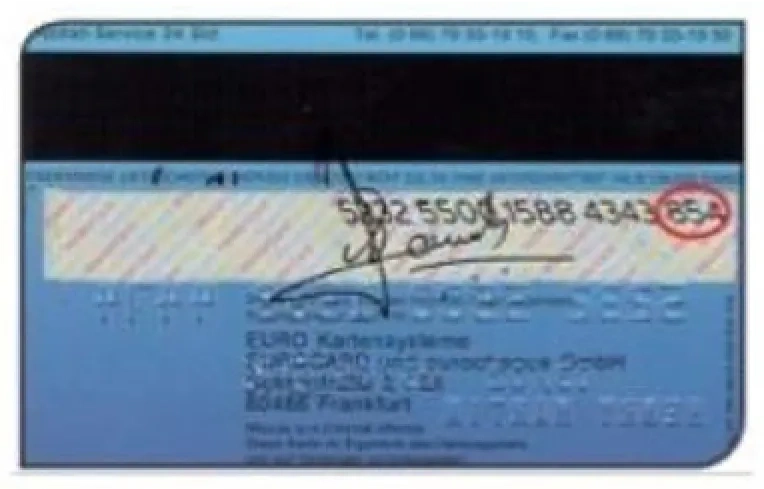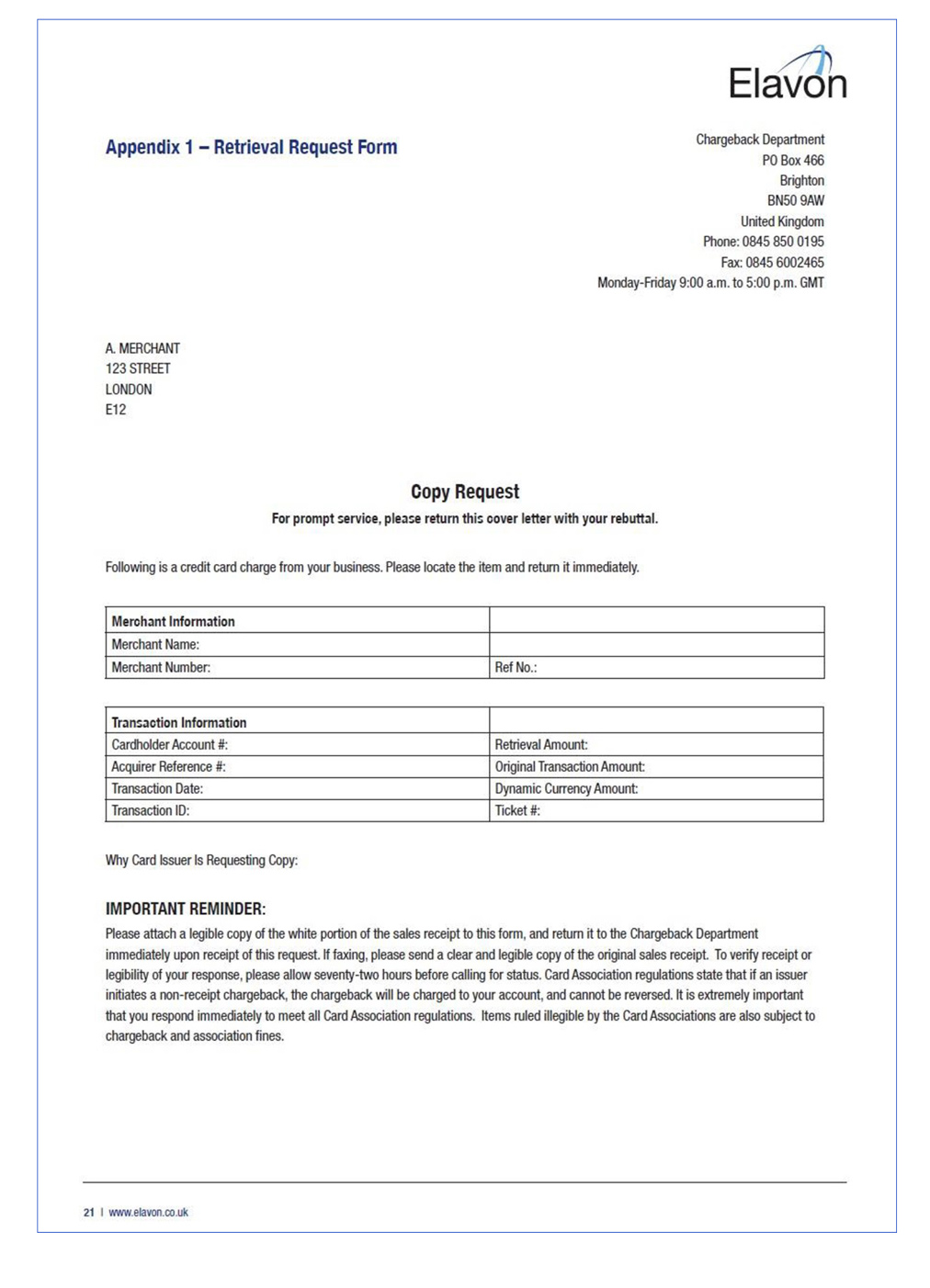Welcome to our Operating Guide. We would like to take this opportunity to thank you for selecting Elavon as your acquirer and assure you that we will endeavour to provide the most efficient and professional service at all times.
We want you to be totally comfortable and familiar with your Card acceptance programme to allow you to maximise its value to your business.
This Operating Guide (the “Guide”) forms part of your Agreement with us. It has been designed with particular reference to point-of -sale procedures. It is important that all of your staff dealing with Card payments are familiar with the point-of-sale procedures in this Guide.
We have produced this Guide, which sets out to answer the questions most frequently asked by Customers. If you have requested a Terminal, you will get a contact card with it. Scan a QR code to find our Quick Reference Guides on our website. If you have any queries not covered by either the Guide or the Quick Reference Guide, please do not hesitate to contact us – our contact details are located on the bottom of the web page www.elavon.co.uk or on the contact card you receive with your terminal.
Unless specifically defined in this Guide (including in Section 13 – ‘Glossary’), capitalised words and phrases used shall have the same meaning as set out in the Terms of Service forming part of your Agreement with us.
For additional information please refer to our website www.elavon.co.uk.






